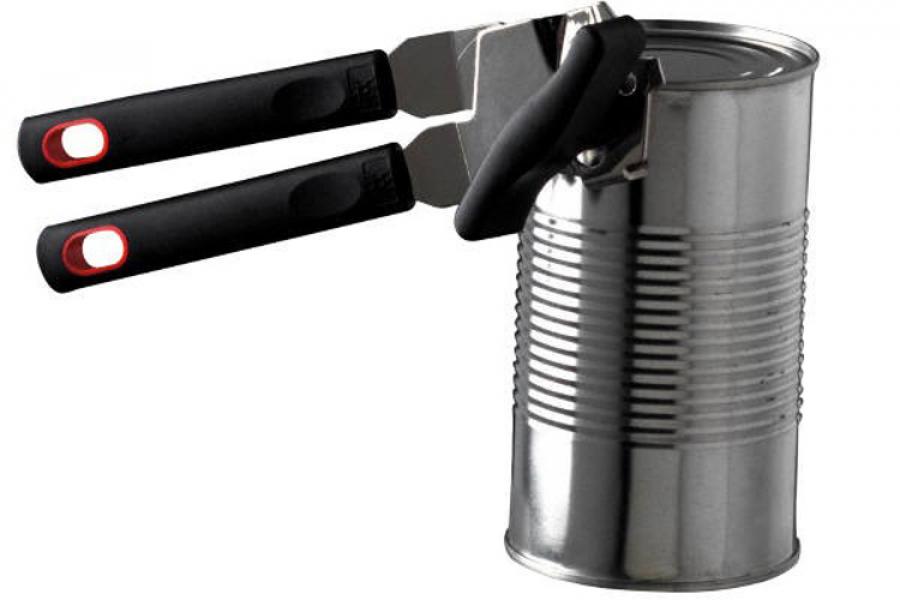The history of canning
Canning is a method to preserve food.
Food is preserved by sealing it in glass containers and heating it up to destroy microorganisms that cause spoilage while preserving the food. This technique has been in use since the early 1800s.
A little history of canning
Imagine 300 years ago, trying to travel across the country with food supplies. The horse drawn carriage, no refrigeration or cooling capacity, the bugs all around trying to figure out what is in the bag; it would be a disaster. Actually, this is exactly how it was up until the 18th century, when canning was invented.
The challenge
In the late 1700's Napoleon Bonaparte understood that the performance of his troops was directly proportional to the fullness of their bellies. Unfortunately, the situation described above was the norm back in that day, so a challenge was issued. In 1795, Napoleon offered a cash prize of 12,000 Francs to anyone who could come up with a way to package and preserve food for his military forces.
At this point, the mad dash to become the first to packaged food started. It wasn't until 1809 that a man by the name of Nicolas Appert discovered the rudimentary form of canning. He figured out that food, placed in a glass bottle and heated up, would have a much higher success rate of preserving than any other means at that time. Nicolas won the cash prize.
The problem and solution
However, a few years later in 1810, an Englishman of French origin named Peter Durand received the first patent for canning with his pottery, glass and tin plated iron use in the canning process. In 1818, Durand finally introduced his all-tin-can in America, but it wasn't until almost 30 years later the first can opener was invented.
Until this point, the cans were only being produced around five to six cans an hour. In 1849, the first machine to manufacture canned goods was patented by Henry Evans and can production began to ramp up to around 50 cans per hour. Once this process was honed, everything was stored in cans; corned beef, tuna, even the mystery meat known as SPAM.
The turn around
Around 1960, John Mason introduced the first jar that was capable of being used at home. This was incredibly empowering at the home front as it allowed people to begin to can all of their own fruits and vegetables instead of buying canned goods at the store. There was a bit of an issue at first due to the price of the, well named, Mason jars. Farmers didn't make enough money to buy them and the people who could afford them didn't have farms.
From then until now, canning has grown drastically. Canned foods now allow us to survive through natural disasters, help the needy and are, in many cases; fresher than the foods we buy in the produce section. Why? They went from fresh to preserve within a couple of hours.
Today, cans are widely seen throughout the world and can openers have moved from a simple turn key to mechanical pieces or useable art. The next time you pick up a canned good, think about Napoleon Bonaparte and his ingenious call for invention that lead to the modern day way to preserve.
Can you imagine how to open a tin can without an can opener? That is exactly what happened.
Before the can opener was invented, the only way to open a tin can was with chisel and hammer. This is one of the reasons why industrial canning did not really take off until the early 20th century.

